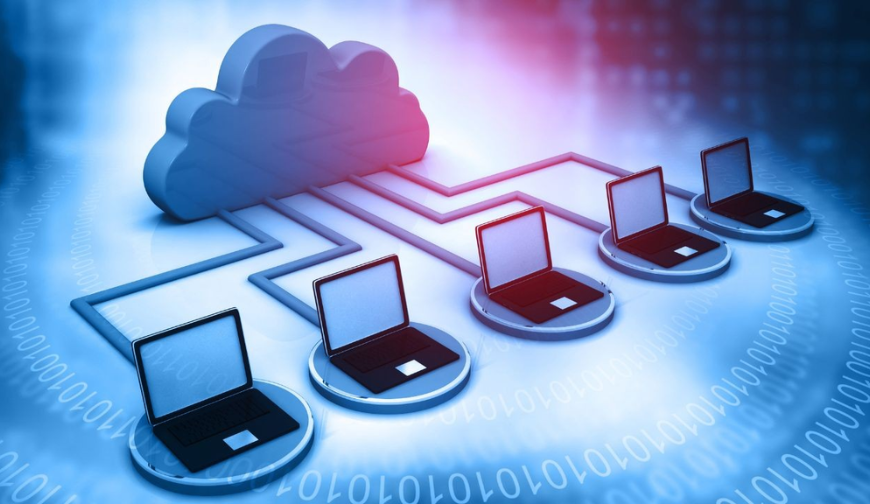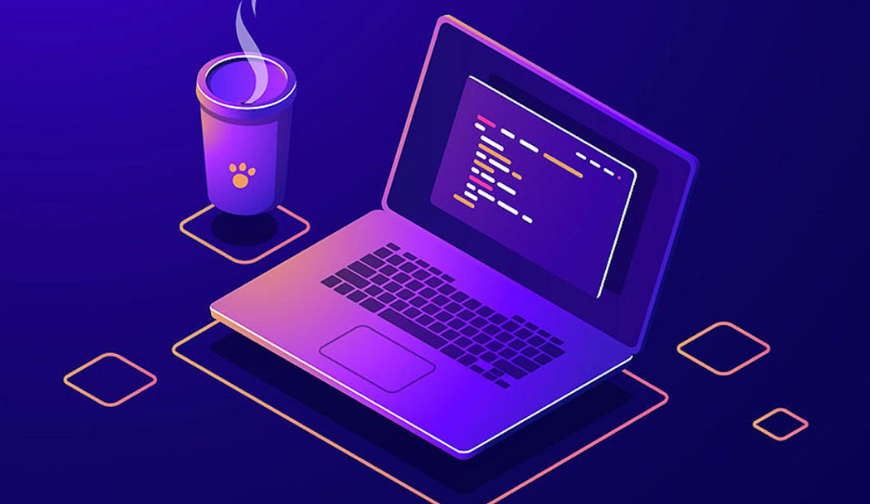A LAMP stack refers to a set of open-source software used for web development. It consists of Linux as the operating system, Apache as the web server, MySQL as the database management system, and PHP as the programming language. This combination forms a powerful platform for building dynamic websites and web applications.
Importance of Monitoring and Troubleshooting
Monitoring and troubleshooting are crucial aspects of maintaining LAMP applications. As these applications serve critical functions for businesses and organizations, any downtime or performance issues can result in significant losses. Monitoring helps in identifying potential issues before they escalate, while troubleshooting ensures swift resolution of problems to minimize downtime.
Monitoring Tools for LAMP Applications
Overview of Monitoring Tools
There is a wide range of monitoring tools available, each offering unique features for tracking different aspects of LAMP applications. These tools collect data on system performance, resource usage, application health, and more, providing valuable insights into the overall functioning of the application stack.
Specific Monitoring Tools for LAMP
Some popular monitoring tools specifically designed for LAMP applications include:
- Nagios: A powerful monitoring system that offers comprehensive monitoring of LAMP infrastructure, including servers, services, and applications.
- Zabbix: Another robust monitoring solution that provides real-time monitoring, alerting, and visualization capabilities for LAMP environments.
- Prometheus: An open-source monitoring and alerting toolkit designed for reliability and scalability, ideal for monitoring dynamic LAMP applications.
Troubleshooting Techniques for LAMP Applications
Common Issues in LAMP Applications
LAMP applications may encounter various issues ranging from performance bottlenecks to configuration errors. Some common issues include:
- Database connectivity problems
- Web server crashes or slow response times
- PHP errors and script failures
- Resource contention leading to performance degradation
Troubleshooting Steps
When troubleshooting LAMP applications, it’s essential to follow a systematic approach:
- Identify the Problem: Gather information about the symptoms and possible causes of the issue.
- Isolate the Cause: Narrow down the potential causes by testing different components of the LAMP stack.
- Implement Solutions: Apply appropriate fixes or configuration changes to resolve the problem.
- Verify Resolution: Test the application to ensure that the issue has been successfully resolved.
Best Practices for Monitoring and Troubleshooting LAMP Applications
Proactive Monitoring Strategies
To effectively monitor LAMP applications, consider the following best practices:
- Set up automated monitoring alerts to notify administrators of potential issues in real-time.
- Regularly review performance metrics and logs to identify trends and potential problems before they impact users.
- Implement proactive measures such as load balancing and caching to prevent performance bottlenecks.
Efficient Troubleshooting Techniques
When troubleshooting LAMP applications, efficiency is key. Some tips for efficient troubleshooting include:
- Use monitoring tools with advanced diagnostics capabilities to pinpoint the root cause of issues quickly.
- Document troubleshooting procedures and solutions for future reference.
- Collaborate with team members or seek assistance from online communities when encountering complex issues.
Conclusion
Monitoring and troubleshooting are indispensable aspects of managing LAMP applications effectively. By employing the right tools and techniques, administrators can ensure optimal performance, reliability, and uptime for their LAMP-based websites and applications.
FAQs
- What is a LAMP stack?
- A LAMP stack is a set of open-source software used for web development, consisting of Linux, Apache, MySQL, and PHP.
- Why is monitoring important for LAMP applications?
- Monitoring helps identify potential issues before they escalate, ensuring optimal performance and reliability.
- What are some common issues in LAMP applications?
- Common issues include database connectivity problems, web server crashes, PHP errors, and resource contention.
- How can I troubleshoot LAMP applications efficiently?
- Follow a systematic approach, use monitoring tools for diagnostics, and document troubleshooting procedures.
- What are some proactive monitoring strategies for LAMP applications?
- Set up automated alerts, regularly review performance metrics, and implement proactive measures like load balancing.




